Levothyroxine Timing Calculator
Calculate Your Safe Timing
Result:
When you rely on levothyroxine to keep your thyroid in check, a handful of everyday supplements can sabotage its effect. Iron pills, calcium tablets, and even certain antacids bind to the hormone in your gut, lowering the amount that actually reaches your bloodstream. The result? Fluctuating TSH numbers, lingering fatigue, and a dose‑adjustment spiral you’d rather avoid.
Why Timing Matters: The Science in a Nutshell
Levothyroxine is a synthetic form of the thyroid hormone T4 that most people with hypothyroidism take daily. Because it has a narrow therapeutic index, even a 10‑15% dip in absorption can push TSH out of range. Calcium and iron interfere through two main mechanisms:
- Unspecific adsorption: Levothyroxine molecules stick to the surface of calcium carbonate or iron salts, forming insoluble complexes that the intestines can’t absorb.
- Complex formation: Iron (especially ferrous sulfate) binds directly to the hormone, creating a stable compound that passes through the GI tract unchanged.
Pharmacokinetic studies from 2011 (Journal of Clinical Endocrinology & Metabolism) showed a 20‑25% reduction in levothyroxine AUC when taken together with any common calcium formulation. A 1992 NIH review confirmed the same trend for iron supplements, with 78% of patients experiencing a rise in TSH after adding ferrous sulfate.
What the Guidelines Say
The American Thyroid Association (ATA) and the American Association of Clinical Endocrinologists (AACE) both recommend a minimum 4‑hour gap between levothyroxine and calcium, and at least 2‑4 hours for iron. Dr. Robert Small of the Mayo Clinic emphasizes, “Take calcium at least four hours after levothyroxine to avoid absorption loss.” Meanwhile, Dr. Mario Rotondi adds that the interaction is largely due to “unspecific adsorption and insoluble complex formation in the intestine.”
For patients with malabsorption syndromes, some endocrinologists advise extending the gap to six hours, though evidence is still emerging.
Practical Timing Blueprint
- Take levothyroxine on an empty stomach with a full glass of water, ideally 30‑60 minutes before breakfast.
- Wait at least 4 hours before consuming any calcium source (tablet, chewable, or antacid).
- If you need iron, schedule it 2‑4 hours after levothyroxine-most practitioners aim for the 3‑hour sweet spot.
- When you do take calcium or iron, pair them with food to maximize the supplement’s own absorption.
- Set phone alarms or use a pill organizer with timed compartments to keep the schedule front‑of‑mind.
Example Day:
- 6:00 AM - Levothyroxine (empty stomach)
- 10:30 AM - Breakfast (no calcium/iron)
- 11:00 AM - Calcium carbonate with lunch
- 3:30 PM - Iron supplement with dinner
Calcium Formulations Compared
| Calcium Type | Avg. Absorption Reduction | Recommended Separation |
|---|---|---|
| Calcium carbonate | 22.3 % | ≥ 4 hours |
| Calcium citrate | 21.8 % | ≥ 4 hours |
| Calcium acetate | 24.7 % | ≥ 4 hours |
All three salts behave similarly in real‑world settings, so the safest bet is to treat them the same in timing.
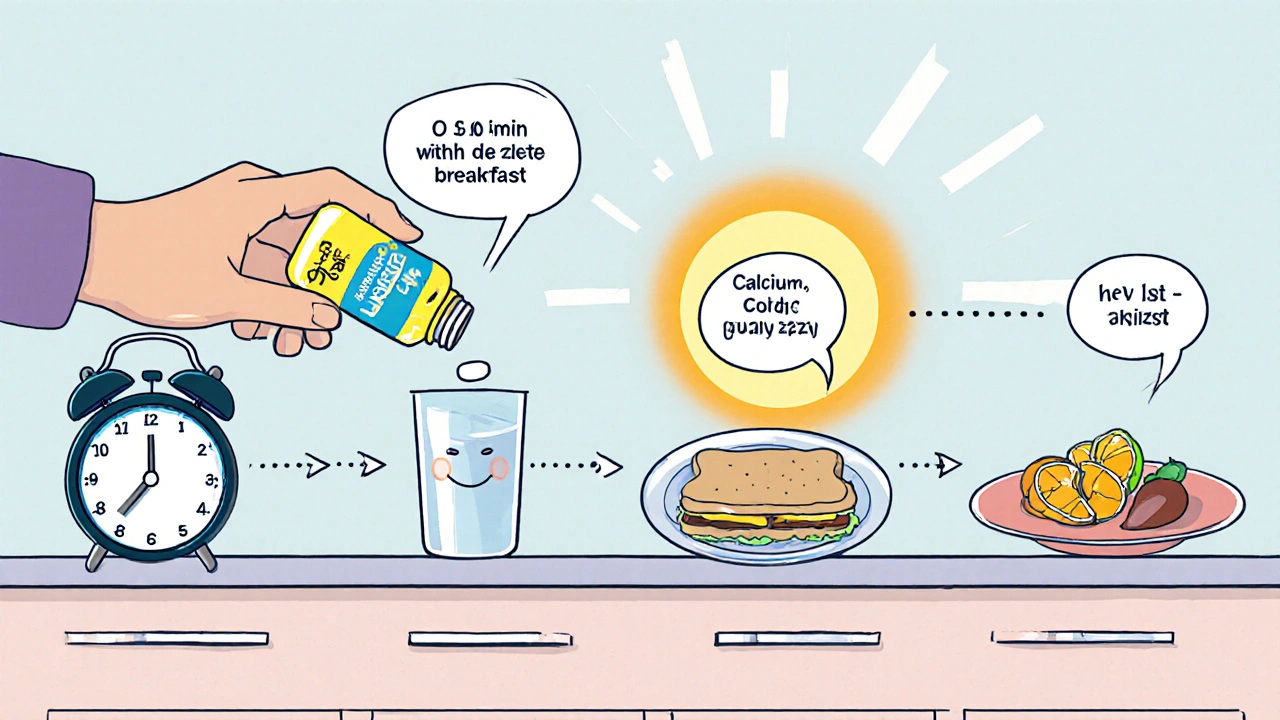
Iron Supplements: What to Watch
Ferrous sulfate is the most common iron source, but any oral iron (ferrous gluconate, ferrous fumarate) can cause the same problem. A 2020 cohort study found that patients on iron were 3.4 times more likely to need a levothyroxine dose increase compared to those only on calcium.
Key tips:
- Take iron with vitamin C (e.g., orange juice) to improve its own absorption-but still after the levothyroxine gap.
- Avoid taking iron with dairy, coffee, or antacids, which further hinder both iron and levothyroxine uptake.
When Tablet Formulas Fail: Liquid Levothyroxine Options
Liquid levothyroxine (e.g., Tirosint) bypasses the tablet disintegration step, reducing the chance of binding to calcium or iron. A 2022 ThyroidUK case study showed TSH dropping from 7.4 mIU/L (tablet with iron) to 1.8 mIU/L after switching to the liquid form while keeping the same supplement schedule.
The trade‑off is cost-liquid formulations are roughly 35 % pricier than standard tablets. Some insurance plans cover them if you can document absorption issues.
Common Pitfalls & How to Fix Them
| Problem | Why It Happens | Solution |
|---|---|---|
| Taking calcium at dinner, levothyroxine at breakfast | Only ~3‑4 hours between doses | Shift calcium to a late‑night snack or move levothyroxine to bedtime (if clinician approves) |
| Forgot the 4‑hour window | Busy schedule, no reminders | Set a recurring alarm; use a pill box with time‑labeled compartments |
| Persistent high TSH despite adherence | Undiagnosed malabsorption, other meds (PPIs, sucralfate) | Review all concurrent meds; consider liquid levothyroxine or extended‑release formulation |
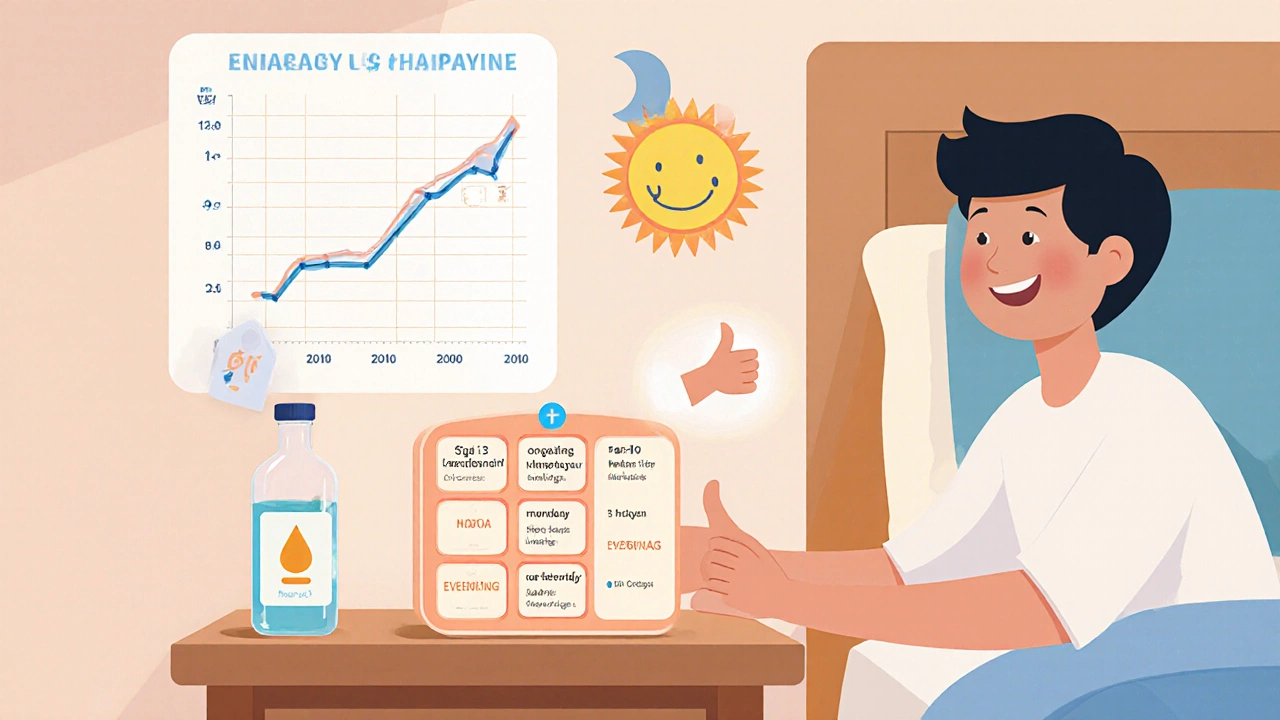
Monitoring & When to Adjust Your Dose
Even with perfect timing, individual variation exists. Check TSH every 6‑8 weeks after any schedule change. If TSH stays >4.0 mIU/L, discuss a dose tweak with your endocrinologist. Remember, a 12.5 µg change can be enough to bring levels back to target.
Key Takeaways
- Levothyroxine absorption drops 20‑25 % when taken with calcium or iron.
- Maintain a minimum 4‑hour gap after levothyroxine before any calcium; wait 2‑4 hours for iron.
- Liquid levothyroxine can mitigate interactions but costs more.
- Use alarms or timed pill organizers to stay on schedule.
- Re‑check TSH after any timing change and adjust dose only under medical guidance.
Frequently Asked Questions
Can I take calcium and levothyroxine at the same time if I split the dose?
No. Even a split dose doesn’t prevent the adsorption reaction. The safest approach is to keep them at least four hours apart.
What if I forget my morning levothyroxine?
Take it as soon as you remember, unless it’s within two hours of a calcium or iron dose. If it’s later in the day, wait until the next morning to keep the timing consistent.
Are there any foods that act like calcium or iron?
Dairy, fortified cereals, and leafy greens supply calcium; red meat, beans, and fortified breads provide iron. Treat them the same as supplements when planning your levothyroxine schedule.
Is it okay to switch to an extended‑release levothyroxine?
The new extended‑release (Thyropatch ER) shows promise in early trials, but you still need to separate it from calcium and iron. Talk to your doctor before making any changes.
How often should I test my TSH after changing supplement timing?
Check every 6‑8 weeks until levels stabilize, then you can extend to the usual 6‑12‑month interval.

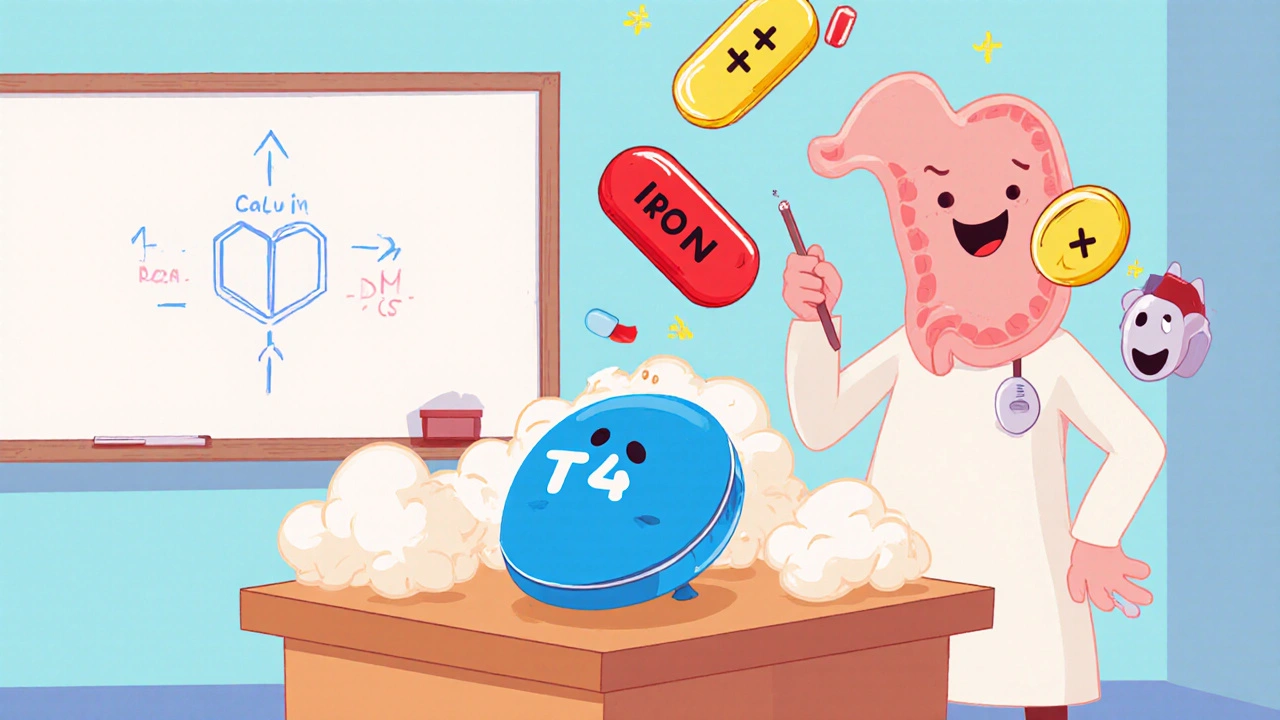

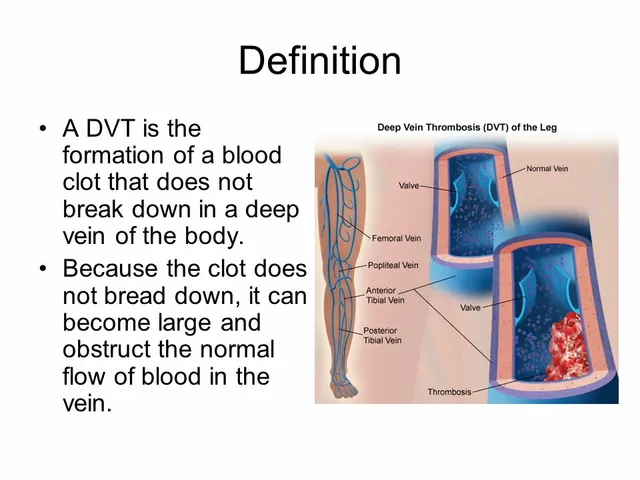

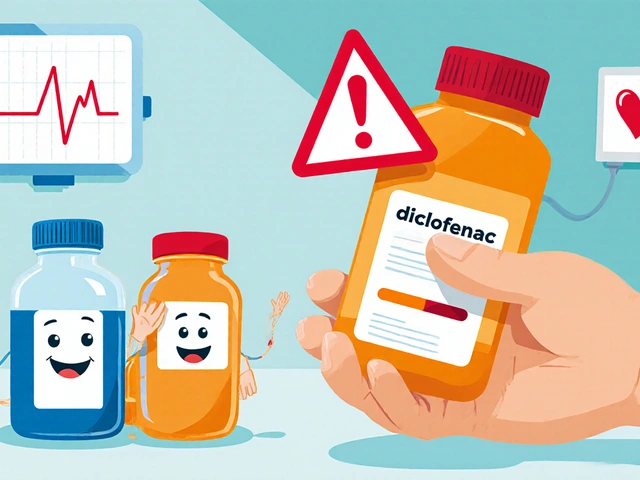
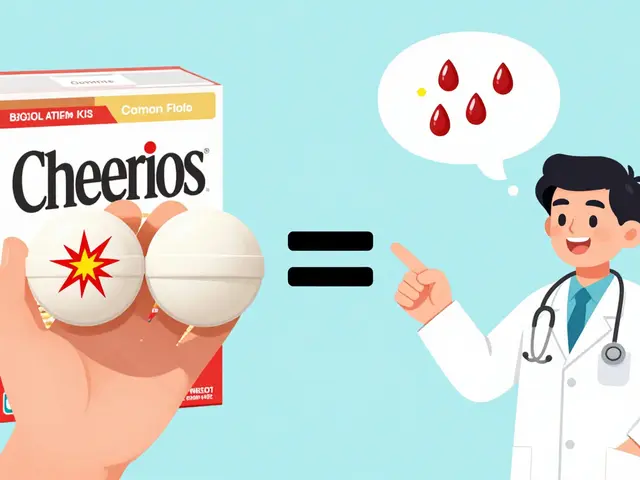
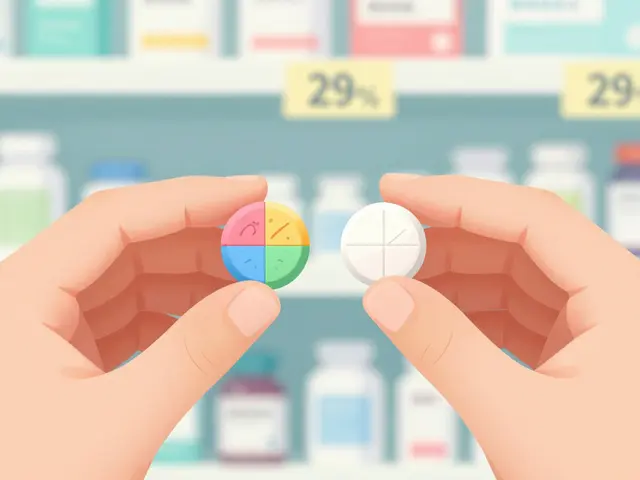
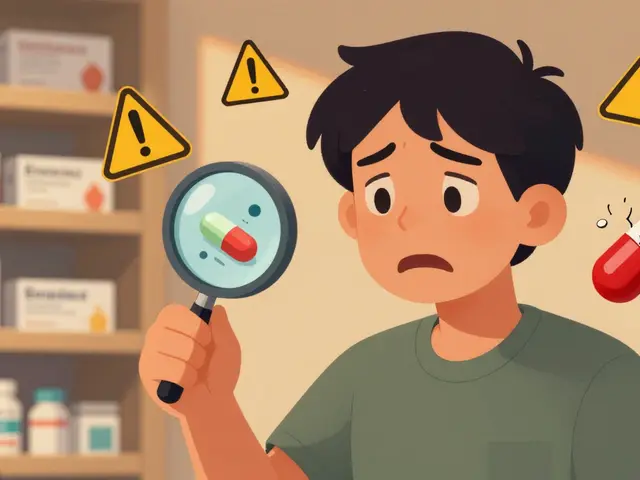
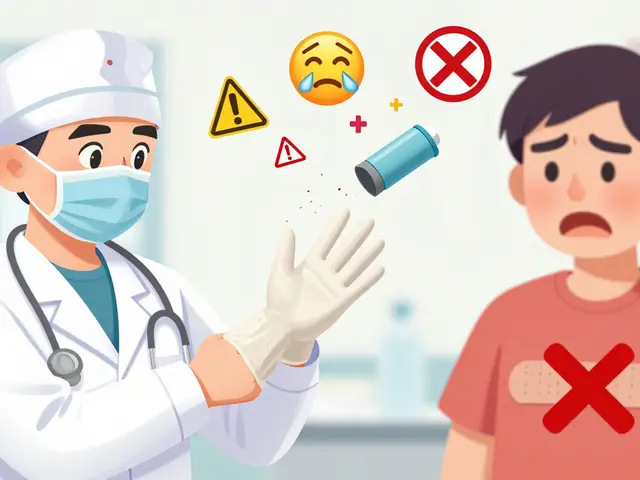
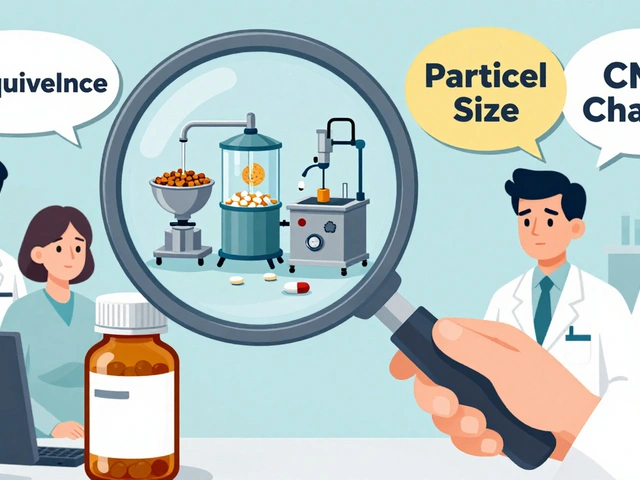
Theo Asase
The drug industry has been pulling the strings behind our thyroid meds for decades, and the calcium‑iron timing rule is just a smokescreen to keep us buying more expensive brand‑name levothyroxine. They want us to believe it's about absorption, but the real profit comes from the extra pills you’re forced to take. If you’re not feeding the big pharma behemoth, you’ll never get the real answer, and they’ll keep tightening the schedule like a secret code.
Nelson De Pena
Stick to the four‑hour rule and you’ll see a steadier TSH. Pair your calcium or iron with a solid meal to help their own absorption, and set a phone alarm so you never miss the window. Consistency is the key to keeping your thyroid on track.
Wilson Roberto
Think of your medication schedule as a choreography between body and supplement. The empty stomach is the quiet stage where levothyroxine can shine, while calcium and iron are the loud percussion that must wait for their cue. Timing isn’t just a rule; it’s a philosophical balance between what we ingest and how our system processes it.
Kelvin Egbuzie
Oh right, because calcium is a secret weapon of the global elite to keep us on pricey scripts. The “four‑hour” myth fits perfectly into their agenda of endless appointments and refills. Nice try, but the science is clear and the timing works regardless of any grand conspiracy.
Katherine Collins
I hate waking up early for pills.
Taylor Nation
Great point about the alarm-my own pill box has separate compartments for each time slot, so I never have to guess. Keeping the schedule visible on the fridge also helps when mornings get chaotic.
Nathan S. Han
In many cultures, thyroid medication is taken alongside herbal teas, yet the same timing principles apply. Whether you favor calcium carbonate or a plant‑based iron, the four‑hour gap respects the body’s natural rhythm. Sharing these habits across borders can help patients worldwide avoid unnecessary dose adjustments.